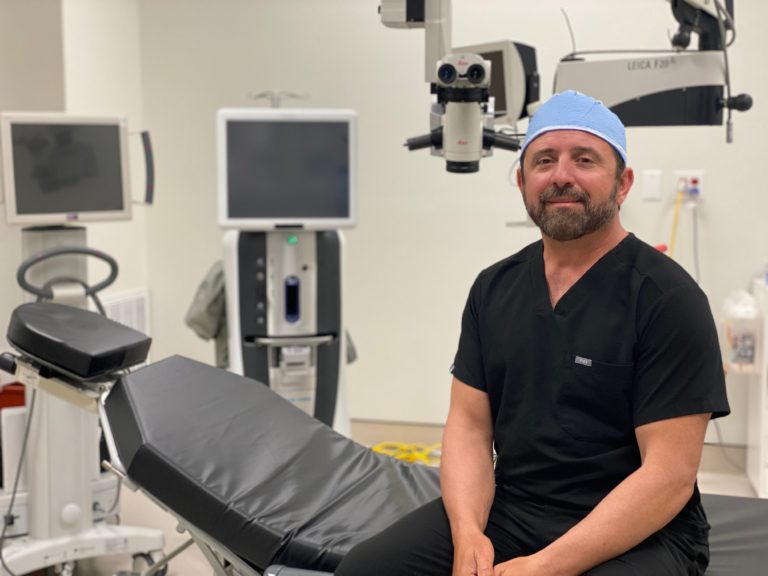The Triangle Business Journal recently published an article on the increasing number of surgeries in the local area, due in large part to the aging Baby Boom generation. To meet increased demand, more procedures are being performed in outpatient settings, such as Ambulatory Surgery Centers (ASCs), also known as same-day surgery centers.
Outpatient care facilities bring many benefits to the table. Not only do they operate more efficiently (as surgeries performed in smaller settings result in less turnaround time than in full-service hospitals), but they can also reduce health care costs. ASCs at least partially owned by physicians typically have operating costs 45-60% lower than hospitals for similar procedures.
It also seems obvious that increasing the supply of health care services would create a more competitive health care market, thereby lowering health care costs and increasing patient choice.
However, North Carolina’s outdated Certificate of Need (CON) law disrupts this basic economic logic. Its stringent regulations impose an onerous process for entrepreneurial health care providers to expand or build facilities, or offer innovative services to patients. Keeping this law intact protects existing health systems from competition, and limiting the supply of health care upholds artificially high health care prices.
History explains Congress’s intent behind enacting CON laws under the federal Health Planning Resources Development Act in 1974 — the goal was to cut down on health care inflation. At that time, reimbursements for services were based on the costs of production, or a cost-plus system. Providers therefore had strong incentives to build and expand the capacity of health facilities, knowing they wouldn’t have to assess patient demand.
Yet once the reimbursement system shifted to fee-for-service, the feds repealed the CON mandate in 1987. 15 states have since scrapped their CON programs, while the severity of the oversight and approval process for the provision of health services in remaining states varies. North Carolina has one of the most stringent CON programs in the country, as its Health Planning Development Agency possesses the authority to decide whether certain areas of the state are in "need" of specific health care facilities, equipment, or services.
My colleagues Jon Sanders and Roy Cordato, who have written extensively on CON laws, provide a lengthy list of the types of services that must receive a stamp of approval by central planners:
The chart below lists the 25 services regulated by North Carolina’s CON law:

Of course, counterarguments are fired back, one being that non-profit hospitals favor CON because they must care for all patients who walk through their doors — uninsured, self-paying, publically insured, and privately insured. Moving higher costs onto private coverage patients (known as cost-shifting) offsets their total uncompensated care. Hospitals state that, with CON in place, higher profits help provide better access to indigent care. The Mercatus Center has analyzed this claim, concluding that more sufficient metrics are needed to determine whether CON laws directly correlate with health systems providing more indigent care:
While the goal of improving access to healthcare for the needy is noble, interventions like certificate-of-need laws should require more evidence from regulators before restricting competition in health care markets. Restriction of entry is associated with less innovation and higher prices for patients.
The authors question the ability of regulators to effectively monitor and track the actual provision of indigent care. Indigent care is not a well-defined concept and doesn’t lend itself to transparent accounting. Using the best measure available, uncompensated care, these restrictions do not appear improve the poor’s access to healthcare.
You can access the full report here. More to come on this competition-barring law for next week.
Click here for the Health Care Update archive.
You can unsubscribe to this and all future e-mails from the John Locke Foundation by clicking the "Manage Subscriptions" button at the top of this newsletter.


